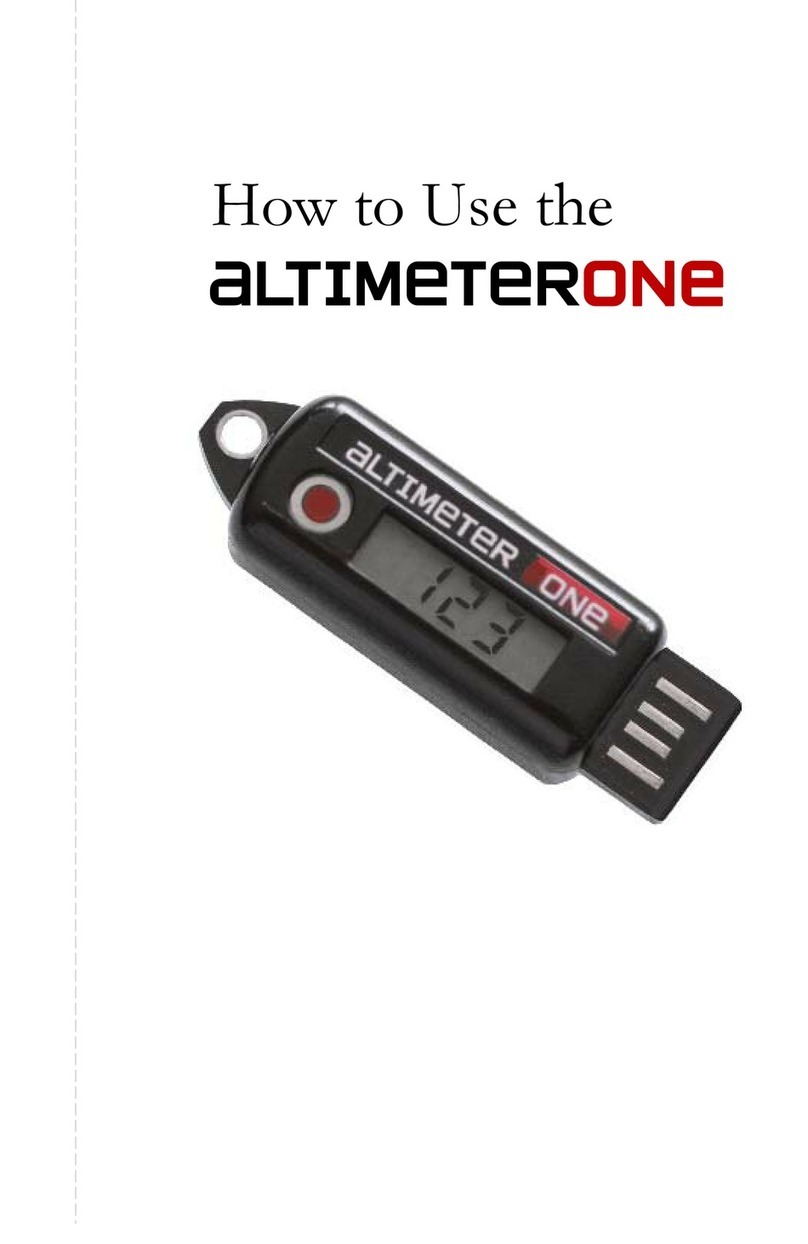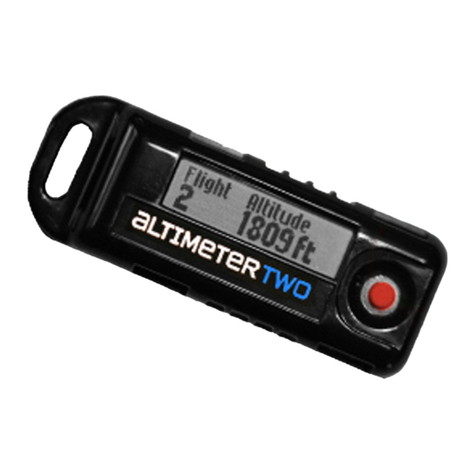
We thought you might be interested to learn a little more about a few
of the technical aspects of the AltimeterOne. You can learn even more
by visiting www.jollylogic.com.
Logic
The “brain” of the altimeter is a microcontroller which is fast enough
to evaluate the local atmospheric pressure more than 20 times each
second, while simultaneously updating the LCD display 64 times a
second. The code for the AltimeterOne was written in a mixture of C
and assembly language.
Sensors
The pressure and temperature sensing system is state of the art.
While overall system accuracy is a function of many factors (sensor
precision, analog to digital conversion, manufacturing variation of
individual chips, battery voltage run down, sample rate, the weather),
the Altimeter One—in its factory test mode—can sense the pressure
change of less than a foot and show how high you are holding it to the
nearest foot in real time. That is a
tiny
pressure change. Amazing!
Power
The Lithium Polymer battery looks like a piece of aluminum foil the
size of a postage stamp folded in half twice. It weighs only 1.5 grams.
Lithium batteries provide cutting edge performance, but they also
require very careful management to ensure safety and long life. Two
independent circuits ensure that the battery stays cool and always
operates within its design limits. The result: no more batteries for you
to worry about!
Plastic Case
The black outside case of the Altimeter One is a unique type of ABS
plastic chosen for its toughness as well as its translucence—so that the
charging LEDs can shine through it. Having a tough protective case
allows the Altimeter One to go where other altimeters can’t.
jolly logic
Technical Notes
6




























